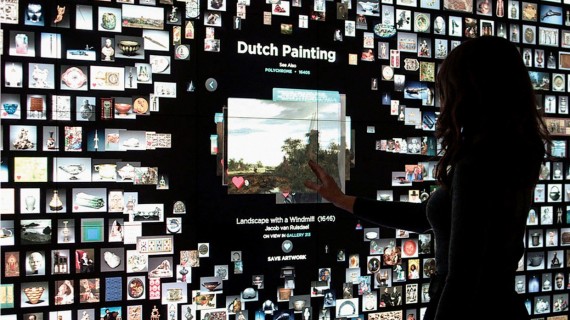Earth Bits - Sensing the Planetary
Team
Company | Institution
Category
Type
Project description
Earth Bits is a data-driven journey to raise collective awareness around the environmental crisis, allowing visitors of maat - Museum of Art, Architecture and Technology in Lisbon - to experience climate change from scientific evidence. Earth Bits stimulates reflection on the relationship between science, humanity, nature, and technology in a very objective way. It shows the energetic transition and the current crisis, inviting visitors to explore the intrinsic relationship between people and the planet, understanding the repercussions of our choices and the impact of our actions. As designers, we facilitate the flux and translation of data as fuel for creating knowledge, cultural value, and critical thinking. Not merely providing information or solutions, but creating a new grammar of understanding, to read the complexity of our fast-changing time. Visitors can explore and experience knowledge with all their senses in the storytelling of four parts: four digital and interactive installations, graphics, animated videos compiled with data based on scientific evidence. An example of this approach is a digital wallpaper “painted” with data from the ESA – European Space Agency’s Copernicus program Sentinels (satellites to monitor our planet) that visually translates the scientific information for the public. The video – updated every month – shows the correlation between CO2 emissions by human activity, global warming, and natural phenomena such as floods, ice melting, rising sea levels.
Humans leave traces everywhere, and science and technology continuously gather and offer information, but scientific evidence and data are often far from the comprehension of people. We need a transdisciplinary collaboration between scientists, cultural institutions, design and the public sector to decode the complexities and make information available for all. Data is one of the world’s most valuable resources, but no value can be created if the information is not translated into knowledge and brought closer to people with an engaging language.
Dotdotdot uses design and technology to create new and unique ways for humans to interact with the world. In 2020 we designed and developed Earth Bits, an example of cross-pollination between data science, design and culture.
Dotdotdot ideated the installation together with and for maat - Museum of Art, Architecture and Technology in Lisbon with the participation of scientific partners such as ESA – European Space Agency, IEA – International Energy Agency, EDP Innovation and EDP Sustainability (Energias de Portugal).
The whole experience aesthetics hinges around the twofold concept of time and space that is translated in all the installations. On one hand the "sense of urgency" of the current crisis, and on the other the will to provide a new perspective on how to tackle climate change.The ambition is to offer a vantage point from which to objectively understand the current crisis to change people’s perception by resembling the Overview effect – the cognitive shift in awareness while viewing the Earth from outer space reported by astronauts. Looking at the Earth from outside, boundaries disappear and a deeper sense of responsibility arises, opening up a new image of unity and humanity.
The most interactive part is the Co2 Mixer, a multi-user console with an animated graphic interface that allows visitors to identify the environmental impact of individual actions measured in their carbon footprint mixing data like a Dj. By playing with controllers, people can choose values about their nutrition, mobility and housing habits. The graphic interface renders back their impact as individuals compared to the global per capita emissions of 150 countries. However, not all the responsibilities are in the power of people: we included qualitative data about the negative impact derived from industries and global consumerism trends.
One interesting aspect of the Co2Mixer is the data sonification: an immersive sound experience based on people's interaction. Visitors’ choices are translated into procedural sound thanks to a software for real-time audio synthesis: there is no script, so the result is always different. The soundscape mirrors the individual impact creating an emotional sound palette: the more the impact is good the more the result is harmonic, on the contrary bad behaviour accelerates BPM and frenzyness, modifying harmony and intonation for a more disharmonic soundscape.
Rhythmic animations, aesthetics of scanning and repetition, “toxic” bright colors, relentless immersive sound effects of the whole experience reinforce the message that we need to act now, implying that it is a matter of time to take care of our Planet.
Humans leave traces everywhere, and science and technology continuously gather and offer information, but scientific evidence and data are often far from the comprehension of people. We need a transdisciplinary collaboration between scientists, cultural institutions, design and the public sector to decode the complexities and make information available for all. Data is one of the world’s most valuable resources, but no value can be created if the information is not translated into knowledge and brought closer to people with an engaging language.
Dotdotdot uses design and technology to create new and unique ways for humans to interact with the world. In 2020 we designed and developed Earth Bits, an example of cross-pollination between data science, design and culture.
Dotdotdot ideated the installation together with and for maat - Museum of Art, Architecture and Technology in Lisbon with the participation of scientific partners such as ESA – European Space Agency, IEA – International Energy Agency, EDP Innovation and EDP Sustainability (Energias de Portugal).
The whole experience aesthetics hinges around the twofold concept of time and space that is translated in all the installations. On one hand the "sense of urgency" of the current crisis, and on the other the will to provide a new perspective on how to tackle climate change.The ambition is to offer a vantage point from which to objectively understand the current crisis to change people’s perception by resembling the Overview effect – the cognitive shift in awareness while viewing the Earth from outer space reported by astronauts. Looking at the Earth from outside, boundaries disappear and a deeper sense of responsibility arises, opening up a new image of unity and humanity.
The most interactive part is the Co2 Mixer, a multi-user console with an animated graphic interface that allows visitors to identify the environmental impact of individual actions measured in their carbon footprint mixing data like a Dj. By playing with controllers, people can choose values about their nutrition, mobility and housing habits. The graphic interface renders back their impact as individuals compared to the global per capita emissions of 150 countries. However, not all the responsibilities are in the power of people: we included qualitative data about the negative impact derived from industries and global consumerism trends.
One interesting aspect of the Co2Mixer is the data sonification: an immersive sound experience based on people's interaction. Visitors’ choices are translated into procedural sound thanks to a software for real-time audio synthesis: there is no script, so the result is always different. The soundscape mirrors the individual impact creating an emotional sound palette: the more the impact is good the more the result is harmonic, on the contrary bad behaviour accelerates BPM and frenzyness, modifying harmony and intonation for a more disharmonic soundscape.
Rhythmic animations, aesthetics of scanning and repetition, “toxic” bright colors, relentless immersive sound effects of the whole experience reinforce the message that we need to act now, implying that it is a matter of time to take care of our Planet.

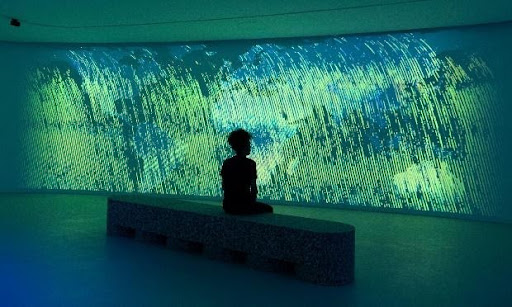
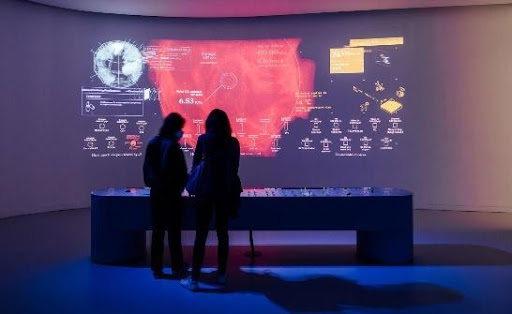
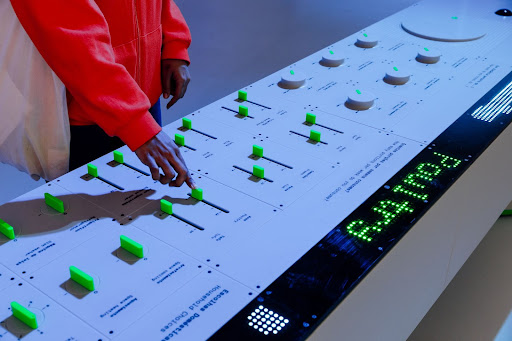
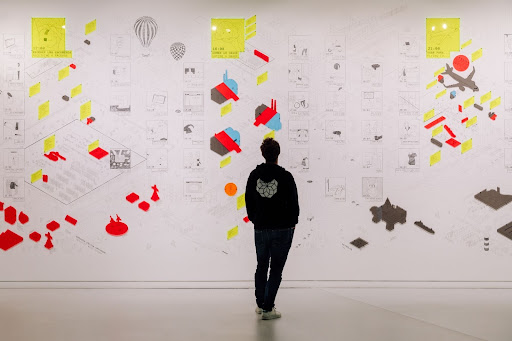




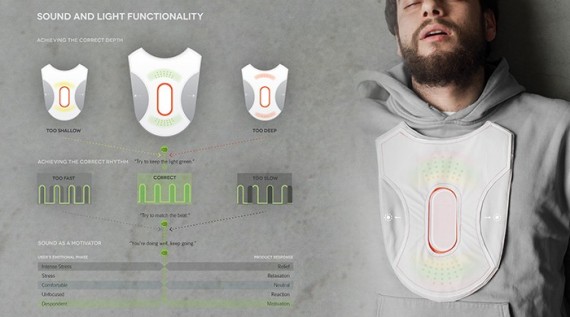
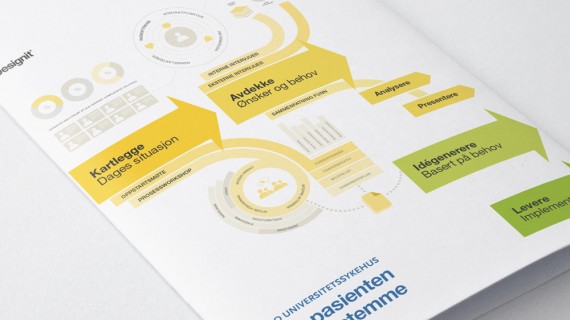
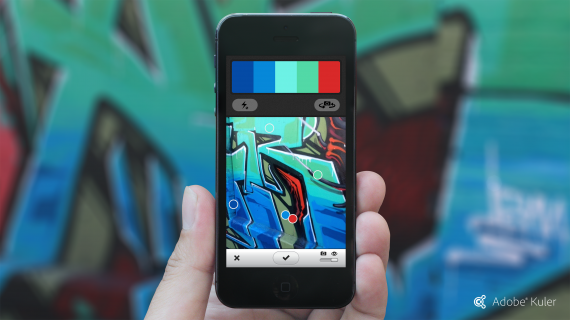
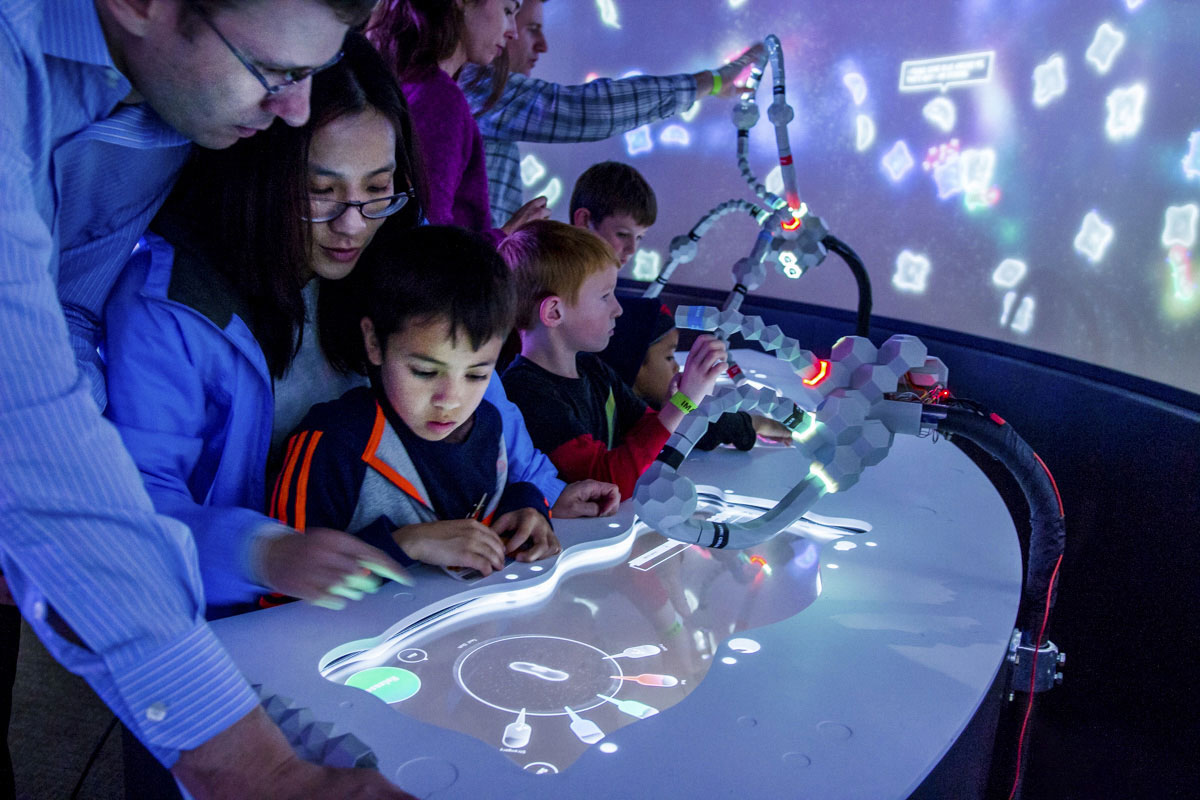
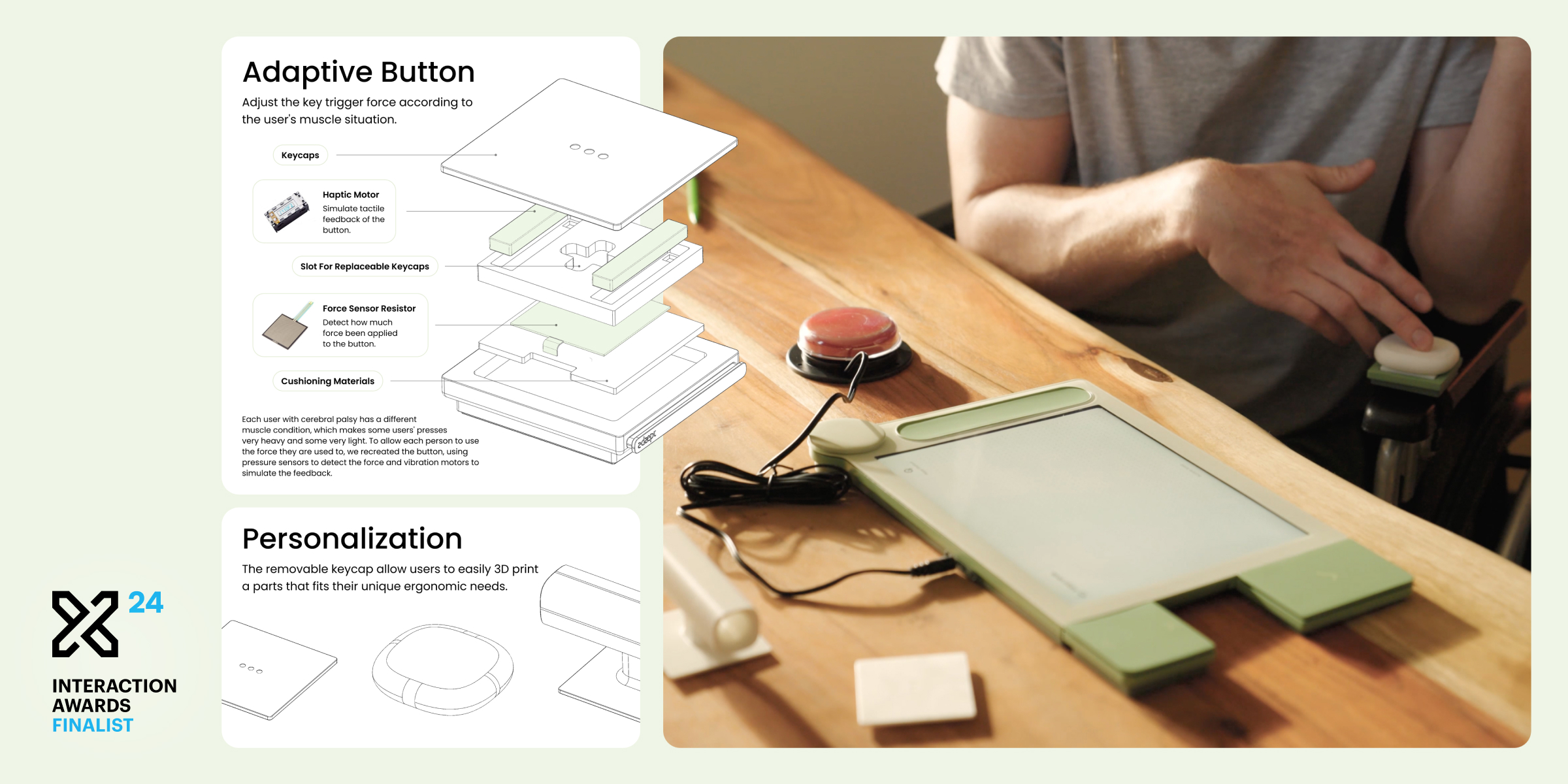

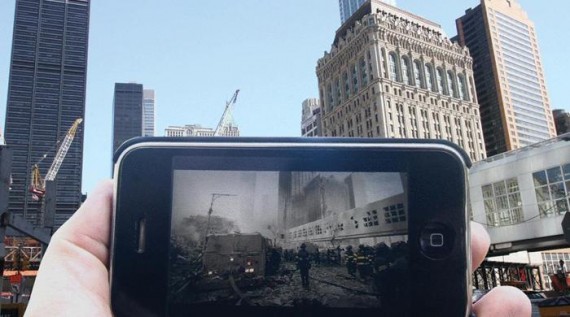
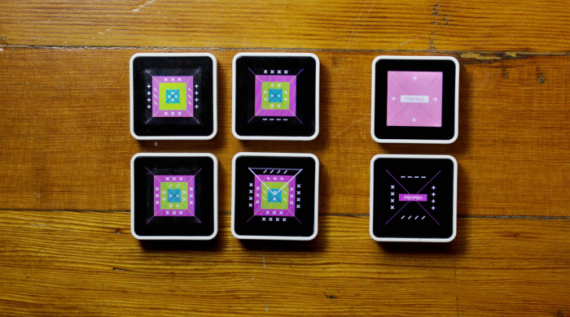
.jpg)
